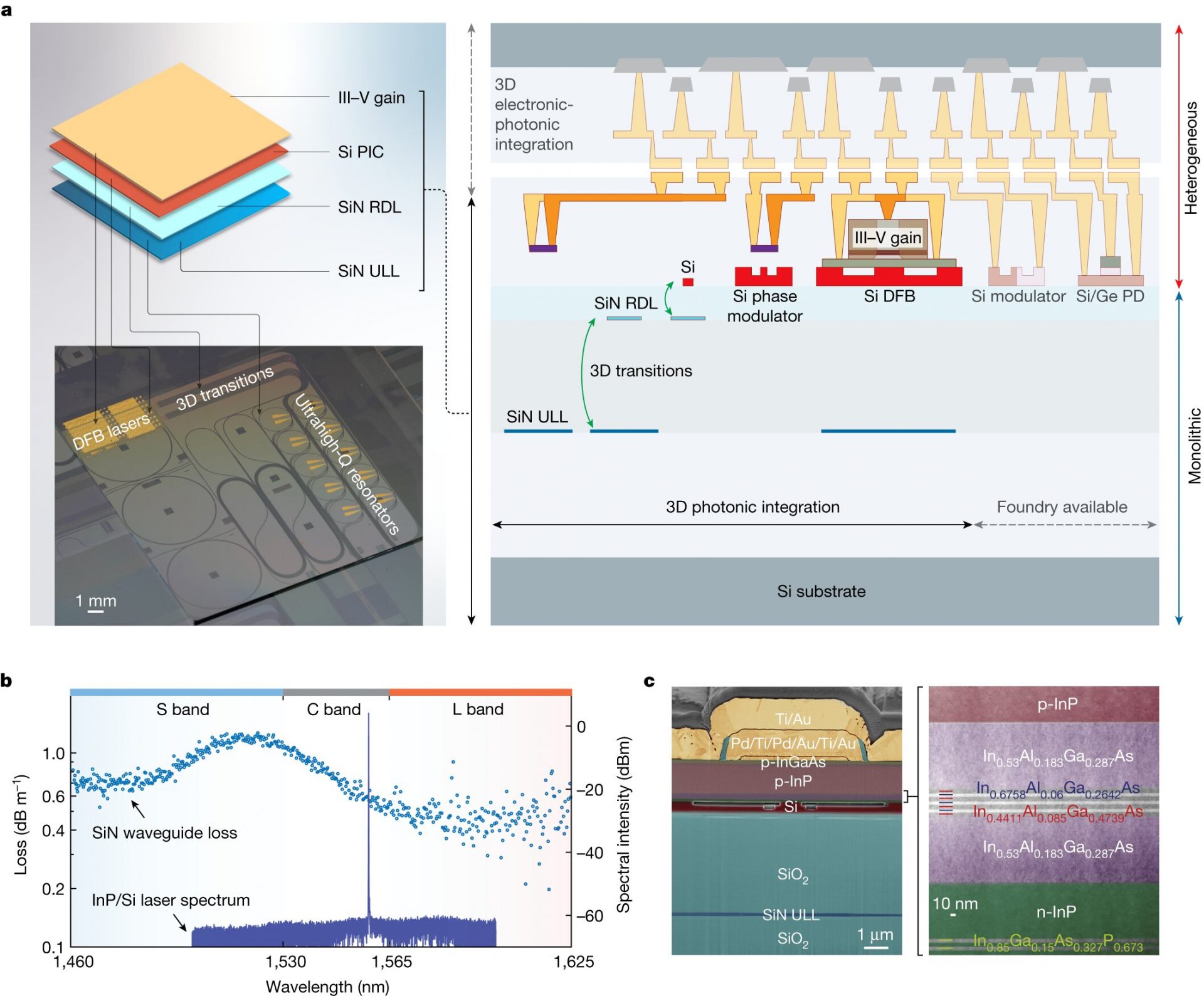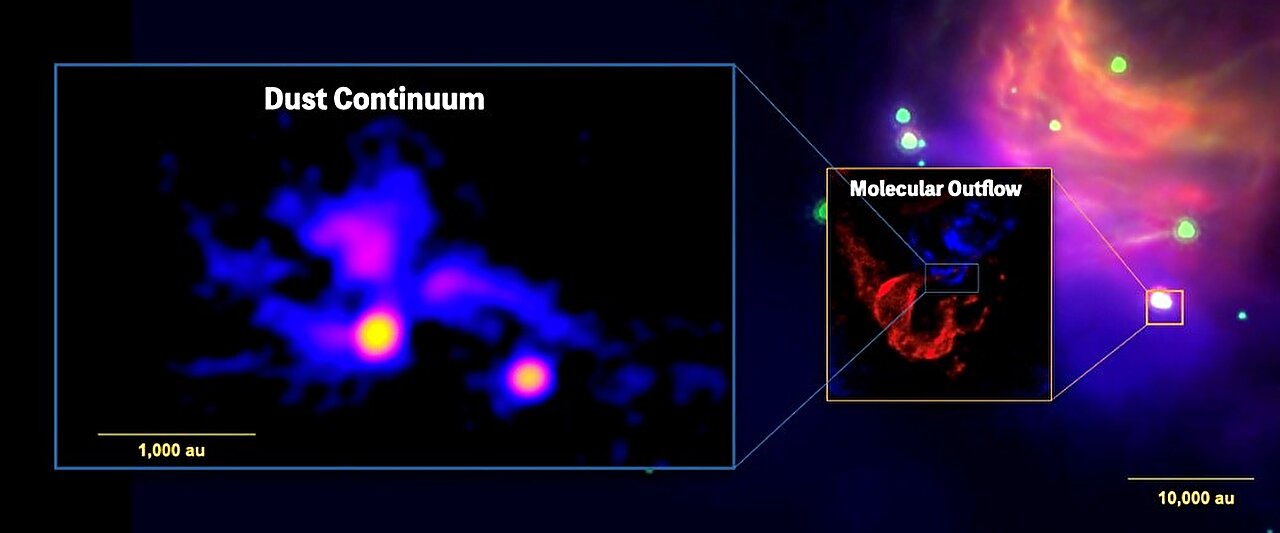A groundbreaking achievement has been made by a team of computer and electrical engineers at the University of California, Santa Barbara. They have successfully developed a chip that combines both a laser and a photonic waveguide. This remarkable breakthrough has the potential to revolutionize various fields, from atomic clocks to quantum applications, while also eliminating the need for large optical tables. In their recent publication in the prestigious journal Nature, the team details the creation and impressive performance of this innovative chip.
With the advent of integrated circuits, scientists unlocked the potential of placing multiple components on a single chip. Now, researchers in the field of photonics have achieved a similar feat. The development of this photonic chip opens up new possibilities for precise experiments and quantum applications. Moreover, it eliminates the need for bulky optical tables.
Creating a chip that houses both a laser and a photonic waveguide presented challenges. Engineers had previously developed insert isolators to prevent instabilities caused by reflections. However, these isolators relied on magnetics, which posed production problems. In this groundbreaking study, the research team overcame these obstacles and successfully created the first truly usable combined chip.
The chip was created by placing an ultralow-loss silicon nitride waveguide on a silicon substrate. Multiple layers of silicon were then applied to protect the waveguide, on top of which a low-noise indium phosphate laser was mounted. This separation of components prevented damage to the waveguide during the etching process.
Additionally, a redistribution layer made of silicon nitride was used to enable interactions between the laser and waveguide through evanescent fields. The silicon layers created a distance between the components, minimizing interference.
The researchers conducted noise level measurements on their chip, which yielded satisfactory results. They then utilized the chip to create a tunable microwave frequency generator. This achievement marks a critical step towards the realization of complex systems and networks on silicon.
,,,,








